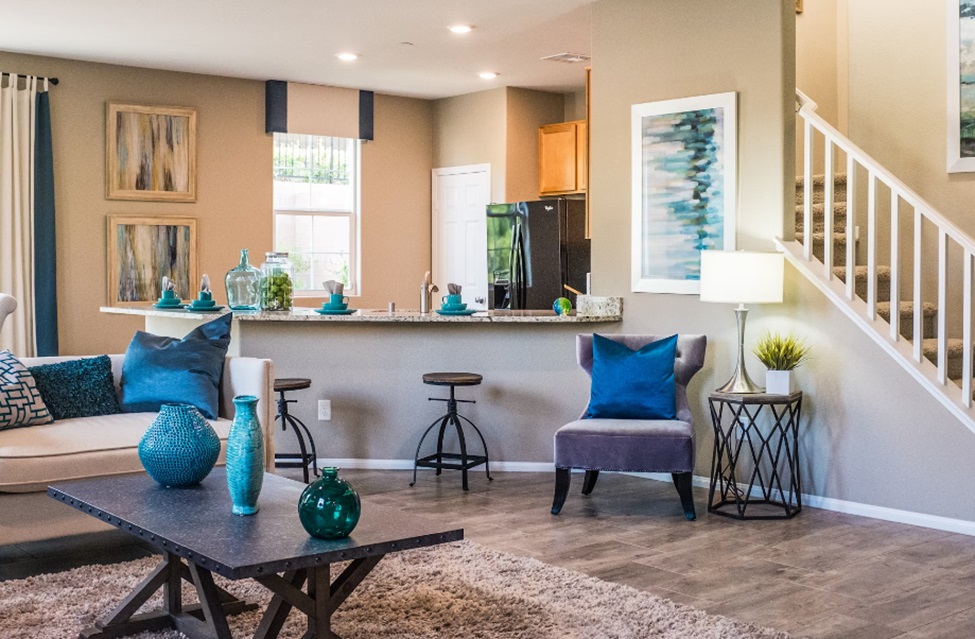
5 Ways to Improve the Energy Efficiency of Your Home
Enhancing your home’s energy efficiency is an excellent way to reduce utility bills, increase comfort, and contribute to environmental sustainability.
Whether you’re looking to make small changes or undertake significant renovations, improving energy efficiency can have a profound impact on your home’s performance. Here are five effective strategies to make your home more energy-efficient.
1. Seal and Insulate Your Home
One of the most effective ways to improve energy efficiency is to ensure that your home is properly sealed and insulated. Air leaks around windows, doors, and in the attic can significantly reduce your home’s energy efficiency by allowing conditioned air to escape and outdoor air to enter.
Start by sealing gaps and cracks with weatherstripping or caulk to prevent drafts. Pay special attention to areas around windows, doors, plumbing fixtures, and electrical outlets.
Insulating your home can also make a considerable difference. Proper insulation helps maintain a consistent indoor temperature by reducing heat loss in the winter and heat gain in the summer.
2. Install Energy-Efficient Windows
Windows can be a significant source of energy loss, especially in older homes. Upgrading to energy-efficient windows can greatly improve your home’s thermal performance. Look for windows with double or triple glazing, which provide better insulation by trapping air or gas between the panes.
Low-emissivity (Low-E) coatings on the glass can reflect heat and UV rays, keeping your home cooler in the summer and warmer in the winter.
When installing new windows, ensure they are properly sealed to prevent air leaks. Energy-efficient windows often come with advanced weatherstripping and insulated frames to enhance their performance.
3. Install Siding
Installing new siding is a highly effective way to improve your home’s energy efficiency and overall aesthetics. Modern siding materials, such as insulated vinyl or fiber cement, offer improved thermal performance compared to traditional wood or aluminum siding.
Insulated siding includes a layer of foam insulation that reduces heat loss through the walls, helping maintain a more consistent indoor temperature.
4. Install Window Shades
Window shades play a crucial role in controlling heat gain and loss through windows, making them a simple yet effective way to improve your home’s energy efficiency. Properly selected and installed window shades can help regulate indoor temperatures, reduce the load on heating and cooling systems, and lower energy consumption.
Consider installing shades that are specifically designed for energy efficiency, such as cellular, honeycomb, or Roman Window Shades. These shades have a unique structure that traps air in pockets, providing excellent insulation and reducing heat transfer through windows.
5. Upgrade to Energy-Efficient Appliances
Switching to energy-efficient appliances is another impactful way to reduce your home’s energy consumption. Appliances such as refrigerators, dishwashers, washing machines, and dryers can consume significant amounts of energy, especially older models that lack modern efficiency features.
When it’s time to replace your appliances, look for those with the ENERGY STAR® label, which indicates that the appliance meets or exceeds energy efficiency guidelines set by the U.S. Environmental Protection Agency (EPA).
